15 End-of-the-School-Year ELA Activities
With summer approaching, this can be a challenging time to keep students engaged, or merely paying attention at all! What with tests behind them, feeling worn out by another crazy year, and counting down the days until summer, students tend to pay a little less attention, while teachers tend to scramble to keep students engaged. So, here are some fun, terrific ideas for the final countdown to ease the struggle.
Please let me know in the comments or link up if you have some great ideas too. (I FINALLY got Instagram @lovingela — I’d love to connect there too.)

Here are some ideas for the end of the school year in ELA:
1) Story Pass Writing: This is a fun way to have students collaboratively create a story that will surely have plot twists. For in-person learning, you can do this in groups or rows of about 5 students or so. (See below for distance learning.)
When you say “start,” every student starts writing a story. This is a good time to introduce the setting and main character. If they’re stuck, tell them to write “Once upon a time…” and quickly fill in the rest. The teacher keeps track of time. Decide how long the intervals are going to be — 3 minutes or so.
When time’s up, you say “Pass” and they pass the story on to the next person. This means they also receive one! They quickly read what the last person wrote, and then continue writing the story in any way that makes sense.
Repeat the process 5-10 times. As it gets closer to the end, about two passes before the end, tell them to start wrapping up the story, bringing it to a conclusion. When it gets to the last person, tell them to write the ending. Then, have them read them over, and decide on a few funny ones to read aloud.
In a distance learning setting, you could organize this by having three students send story pieces to each other. During the first round, students write the beginning. During the second round students write the middle. During the third round, students write the ending. Students can enlist family and friends to help if necessary!
2) Read Ray Bradbury’s Short Story “All Summer in a Day”: It’s not really about summer so much as how students treat each other, and what it feels like to be bullied…but ON ANOTHER PLANET. The story is well written (and nice & short) with beautifully executed figurative language and character development. Plus, an added bonus is that the bullies in the story end up feeling bad in the end.
Additionally, there is a 30-minute video available free on YouTube. If you have them compare the two versions, that aligns to the RI.7 Reading Standard which requires students to integrate and evaluate content produced in multiple media formats. Check out my FREE lesson (in PDF & Digital) which has students examine figurative language and theme.
3) Year-in-Review Skits: As a class, brainstorm “the school year in review,” as in: memorable lessons, books, scenes from a popular story, funny moments, etc. Then, have students pair up or get in small groups. Each pair or group will write a skit to reenact one of these moments with their unique creative twist. You should quickly review the content of the skits before allowing them to perform. You may have some tips, or may need to edit them a bit.
4) Evaluate the school year: I used to make a survey for students at the end of every year, asking them about their favorite and least favorite lessons, books, units, etc. I would also throw in some other questions, depending on what type of feedback I was looking for. This can be a valuable tool to find out what students really think. The only caveat is that kids can be brutally honest, so do yourself a favor and throw in something like this at the end, “Write something that will make your teacher smile” or “What do you appreciate most about your teacher?” It sounds like obvious fishing for compliments, which it is, but I’m telling you, you get the most wonderful comments, kind notes, and funny jokes during this, and you may not want to ever throw these papers away (I still have a lot of these from a LONG time ago!).
5) Reflect on “What I Learned” in Art & Writing an Essay: I had an a-ha moment when I thought of this lesson. There is a blank head that I normally have students use to portray what is going on in the mind of a character, as you can see in a related blog post. But, then I thought students’ heads by this time of year should be FULL of all the things they learned. And this year, I know they learned a lot both at school AND at home. So, have them think about what they learned, and fill in the head with images and words to symbolize them. AND OMG, YOU CAN QUICKLY GET THEM TO WRITE A 2-4 PARAGRAPH INFORMATIVE ESSAY THEY WILL ACTUALLY WANT TO WRITE – USING THIS FREEBIE! Get your printable freebie that comes with an interactive Google Slides version for easy in-person and digital, remote learning.
6) Music is literature too!: If you teach ELA, then you can’t help but hear all those literary devices embedded in the music you listen to. Your students hear it too! Of course, we’ve heard rhyme schemes, like poems have, a million times. This is the perfect time of year to relax a little and let kids find (appropriate) song lyrics and then analyze them for: rhyme scheme, metaphors, hyperbole, parallelism, similes, syllabication, onomatopoeia, alliteration, foreshadowing, and more literary elements.
Ok, I have an example, but like a hypocrite, it is not appropriate to share in class. But, I want to share with you how poetic it is. It’s by Kenny Chesney called “Don’t Happen Twice.” Here’s a lyric: “One bottle of wine, two Dixie cups, 3 a.m. I fell in love, for the first time in my life. Things like that just don’t happen twice.” I just got the chills writing that! (Did you see how he used the homophone for so cleverly? Now that’s attractive…ha ha)
You can have students print out song lyrics, highlight or notate literary devices or poetic elements, and then bring them to you to approve before you allow them to be shared aloud.
7) Thank You Notes: Students have a lot of people to thank for helping them get through the school year, and life. Therefore, devote time to expressing gratitude in writing. They say that being grateful makes you feel happier. So true! There’s plenty of people to thank: parent, friend, …….YOU.
8) Read a 1-page Informational Text All About Summer: This is a highly interesting, one page FREE READING & WRITING PRINTABLE (& DIGITAL) that gives all sorts of information about summer such as school calendars around the world, why summer days are longer, weather, etc. Plus writing prompts and ideas!
9) Shower With Compliments: I got this idea from “The Cult of Pedagogy” (TPT Star). She says students take turns of about 10 minutes each being in the “hot seat” while their classmates write compliments on the board behind them. She says you have to see it to appreciate its full impact. What a great idea. I’m thinking the teacher needs a turn too.
10) Host a Poetry Slam: Have them read their own poems or recite poems of their choice. See #11 for a simple idea, plus there is haiku, acrostic, etc.
11) Write a 5-Senses Poem: The topic can be a favorite summer memory, a trip they went on, a place they want to go, anything related to summer really. The idea is to use concrete language. It has five lines. See my example below. Grab the FREEBIE PRINTABLE (& DIGITAL)!
12) Have students explain why summer days are so much longer: As temperatures rise, everyone starts wondering why there are seasons anyway. They may be wondering what the summer solstice (longest day of the year in June) is all about too. Grab this fun literacy in science READING, WRITING, AND ELA TASKS SCIENCE FUSION FREEBIE that gets students to discover for themselves what causes seasons! Aligns to many standards AND kids love this one so much!
13) Write a Letter to Your Future Self: I have only done this with them writing actual letters by hand and bringing in self-addressed stamped envelopes, but I’m pretty sure email would work, as long as you stayed organized by keeping a separate folder of the emails and labeling with the year to send them the emails they wrote. You have them write a letter to their future selves three years from now. It can be about current events, describing self, goals, predictions, positive affirmations, etc. You collect the letters, keep them for three years, and then send them. They forget they wrote them and it is fun to receive them, albeit a little odd.
14) Read and Write About Something Cool – Ice Cream: Check out my FREE high-interest informational text passage with ELA-Science fusion tasks about how ice cream is made. As part of the reading, it even comes with instructions for how to make ice cream. It is really interesting, about a topic they love, and aligns to standards RST.6-8.6 and 7, and more. Plus, have them do the free, fun ice cream logic puzzle that gives their brain a little break while still doing some critical thinking!
15) Read some or all of Summer of the Monkeys: Summer of the Monkeys is a novel for adolescents by Wilson Rawls, a book I really like and kids like too. It is still under copyright unfortunately. But maybe you can find some copies. OR CHECK OUT THE FREE EXCERPT OF CHAPTER ONE HERE! Have students analyze characterization of the main character, a 14-year-old boy, using this FREE GRAPHIC ORGANIZER FOR ANALYZING CHARACTER SHOWN FILLED OUT IN THIS BLOG POST, a great ELA activity.
I HOPE YOU AND YOUR STUDENTS ENJOY THE REST OF THE SCHOOL YEAR IN ELA!
Click below for FREE ELA PRACTICE TESTS – each targeting specific reading, writing, language, and speaking/listening/viewing standards.
Check out these GRADE-SPECIFIC test prep books with practice tests that target EVERY GRADE-SPECIFIC READING INFORMATIONAL TEXT STANDARD, one by one. An added bonus is that students LOVE the texts! In Easy-Print or Self-Grading Online Versions.
The 6th Grade Practice Tests Test Prep Workbook “is a high quality, beautifully-aligned resource. It is no-frills, to the point, yet high-interest for students. It is helping us prepare for standardized testing in a hybrid, synchronous, difficult year.”
How about save this pin to your “End of the School Year Resources” Board so that you can come back to this post again?
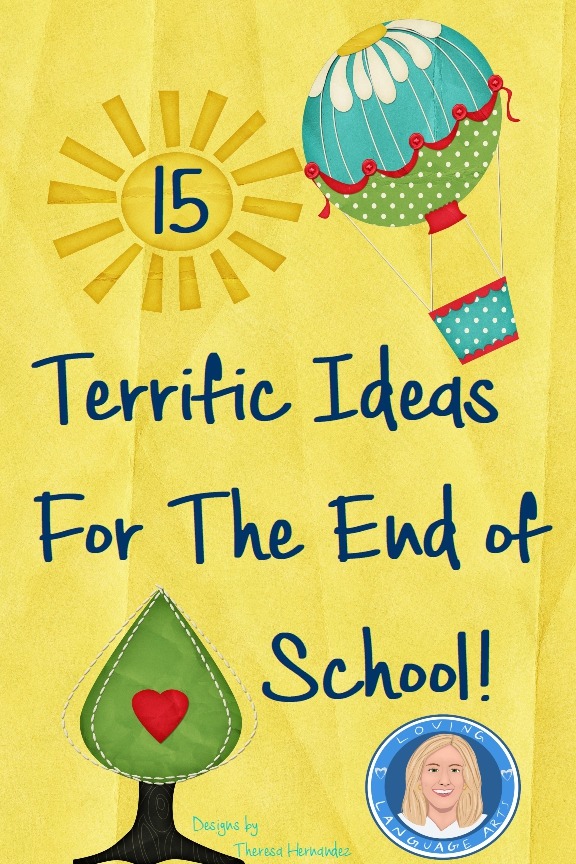
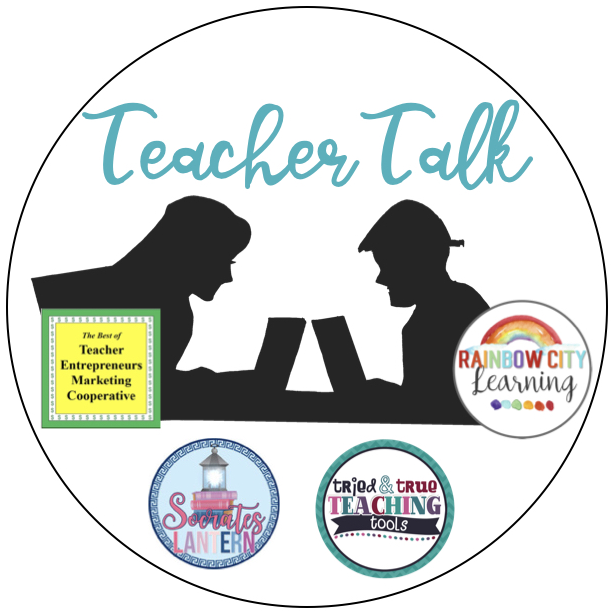

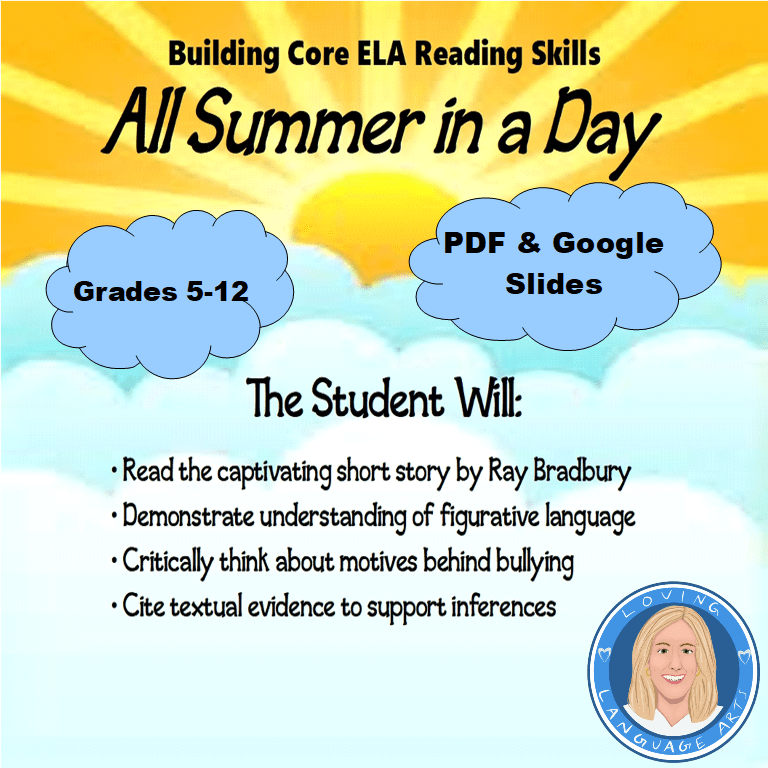

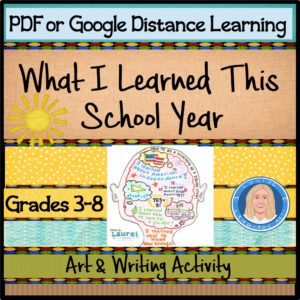

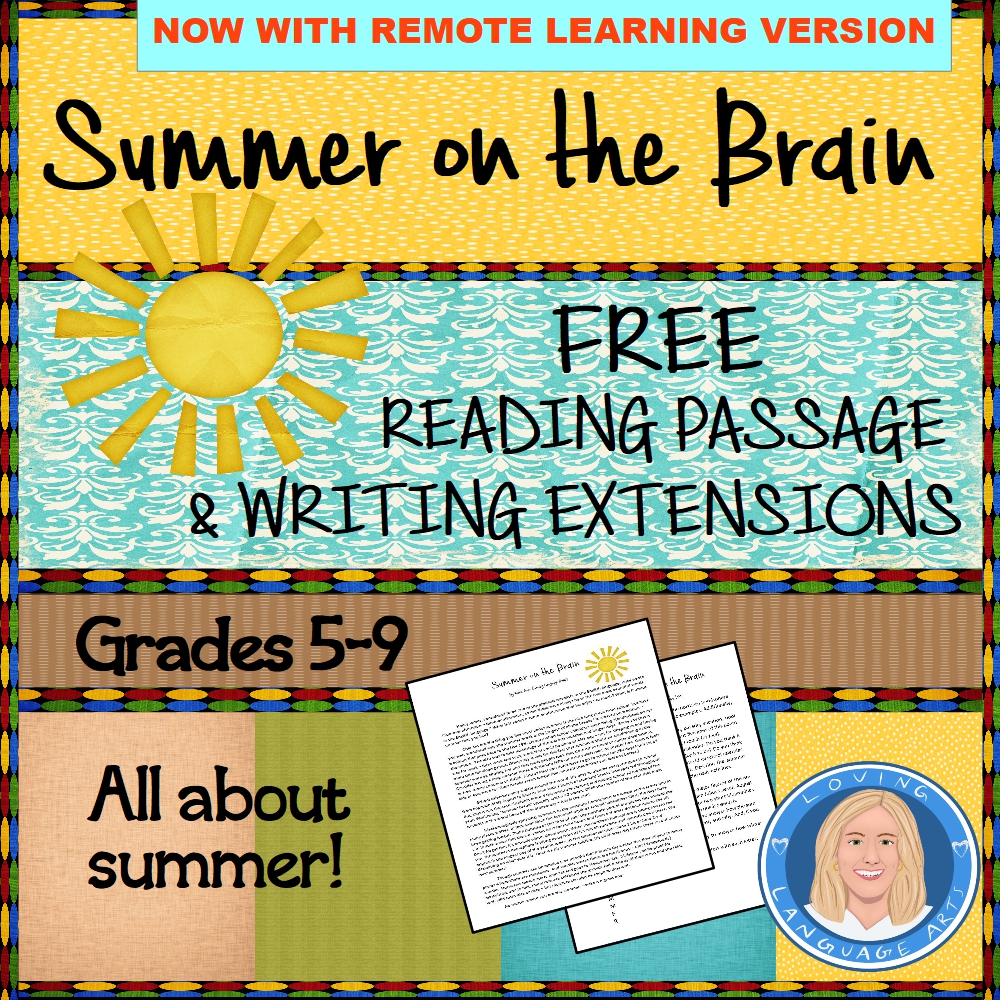


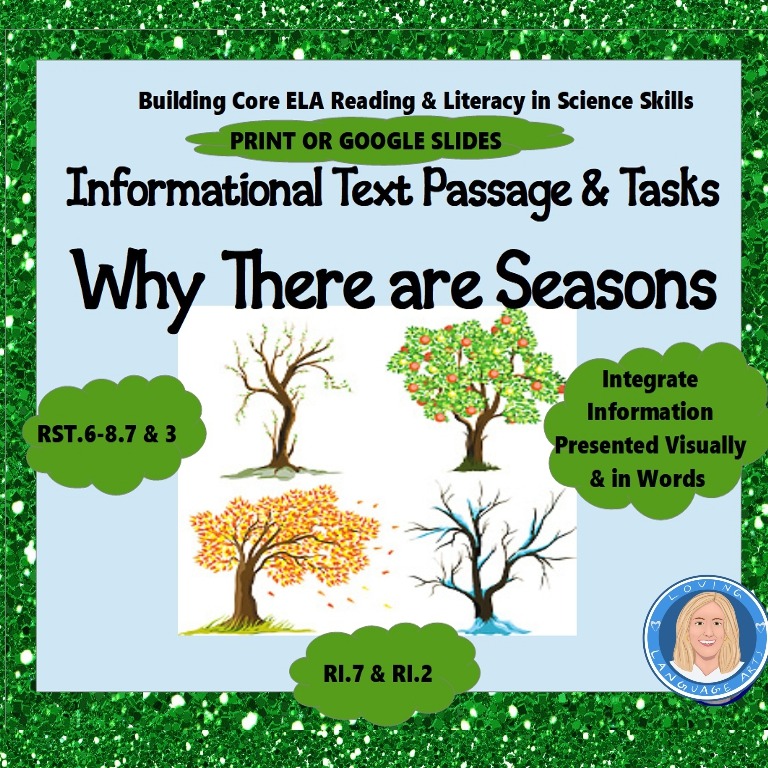

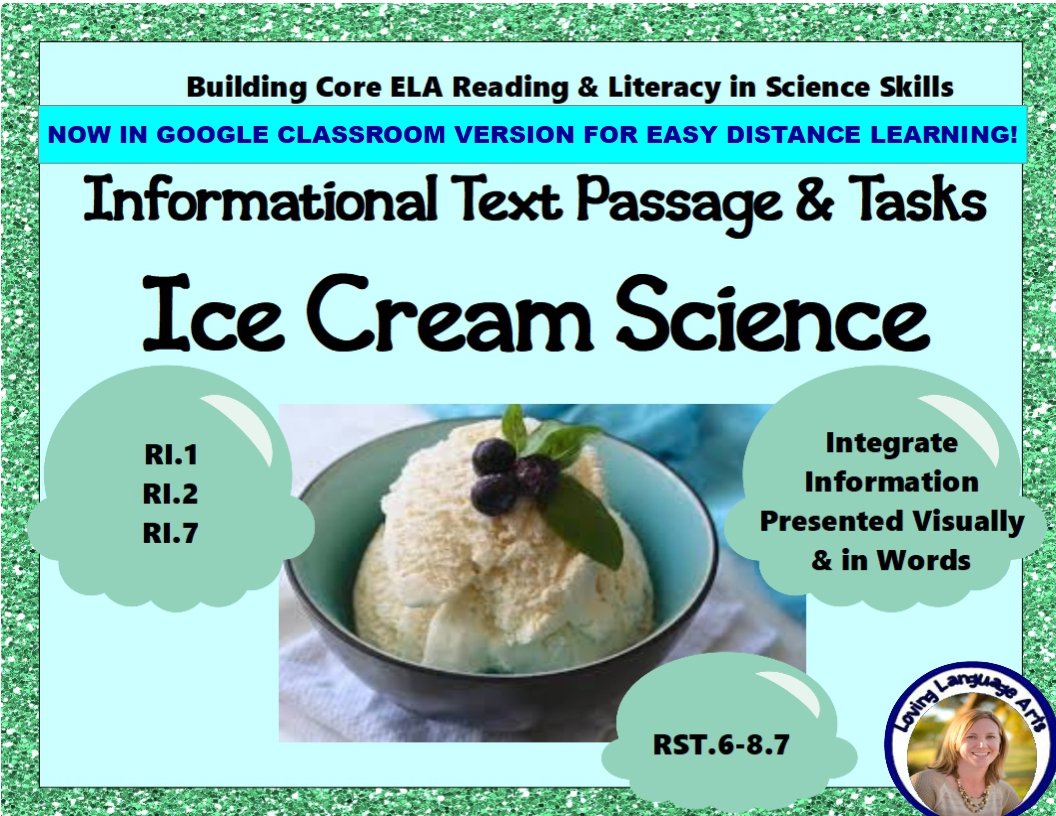
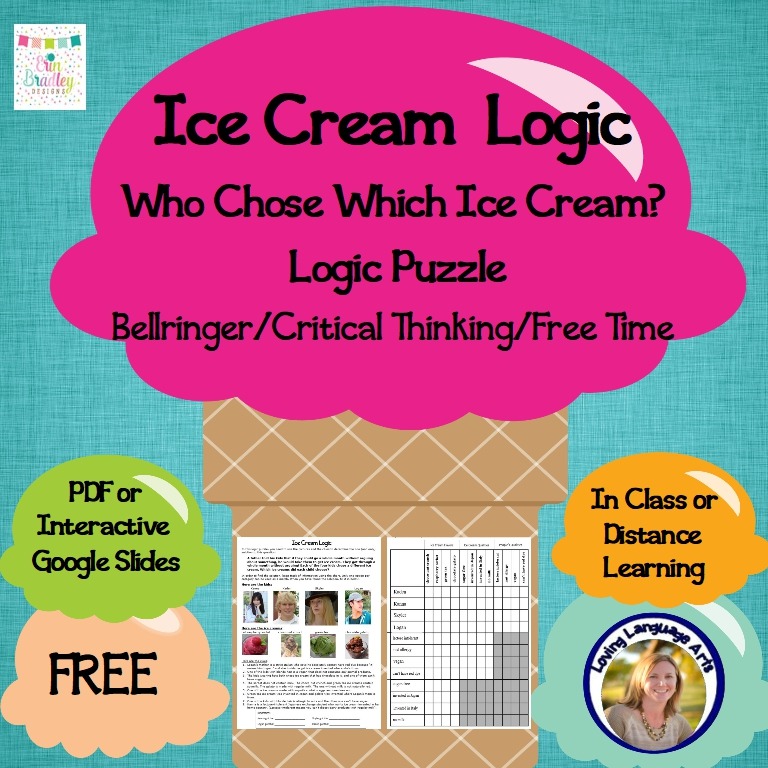















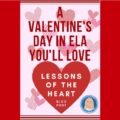

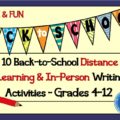



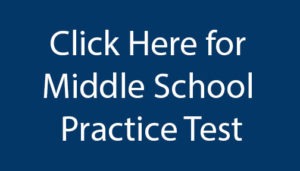
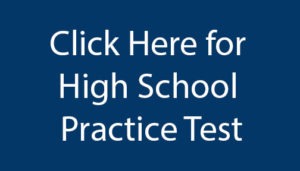

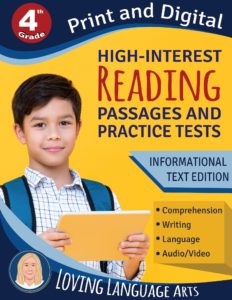
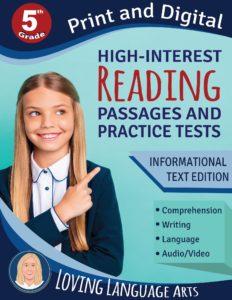
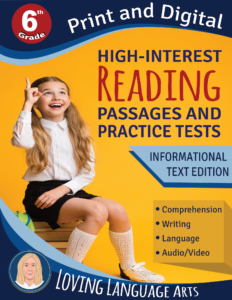
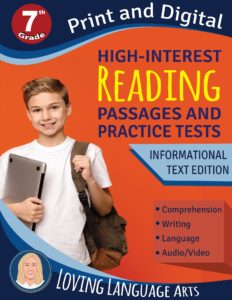

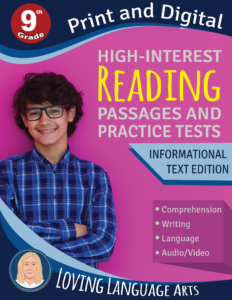
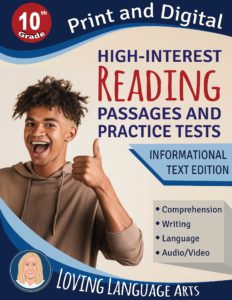
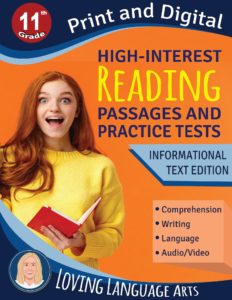
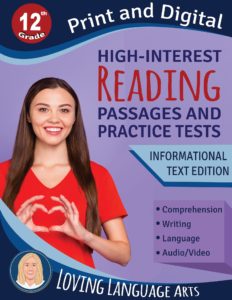
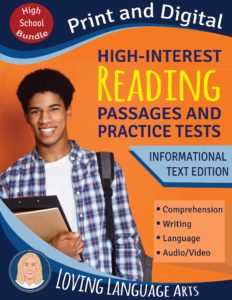
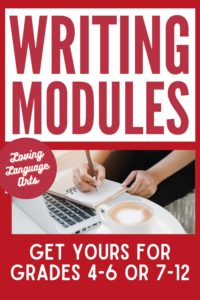
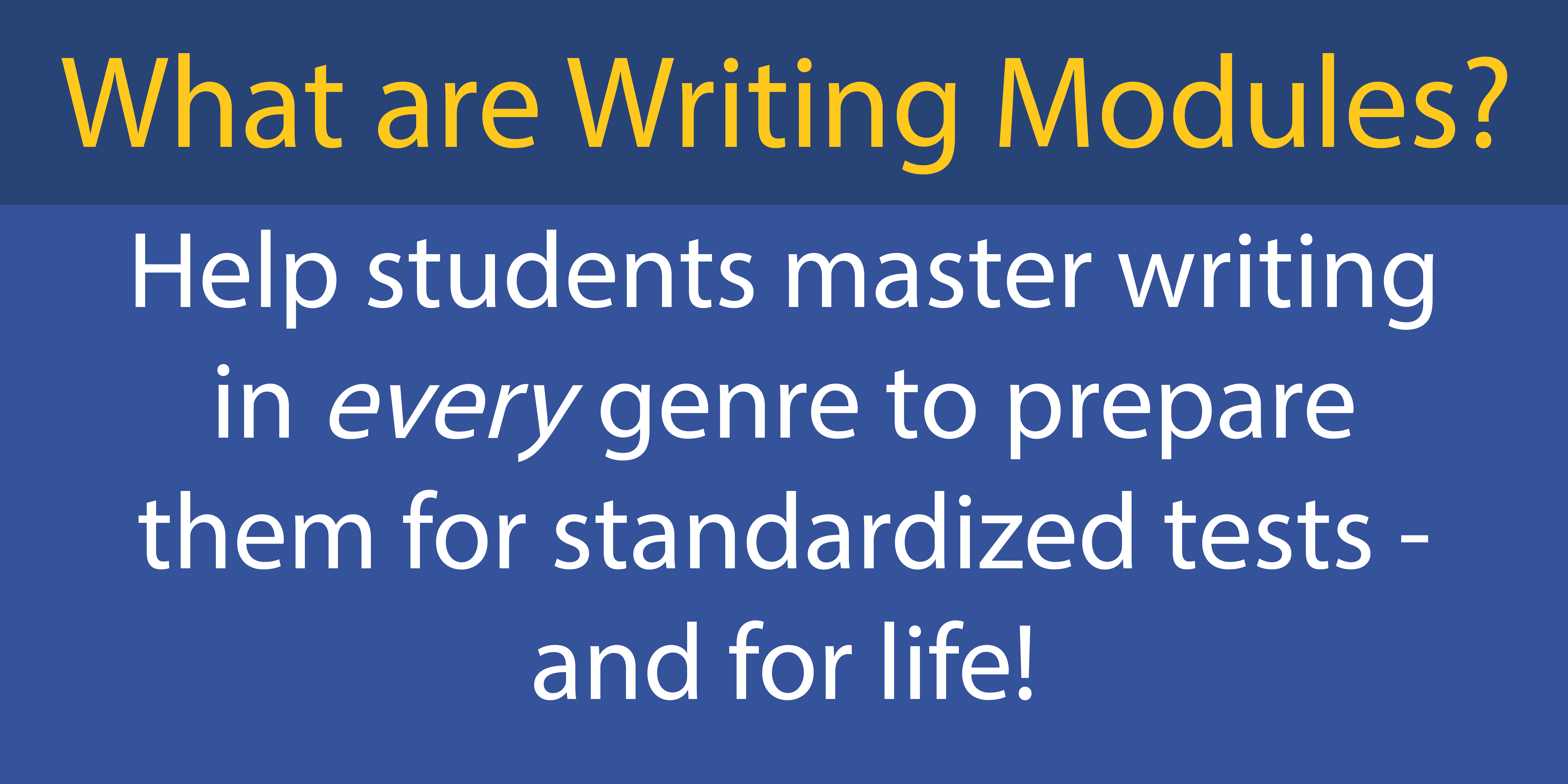
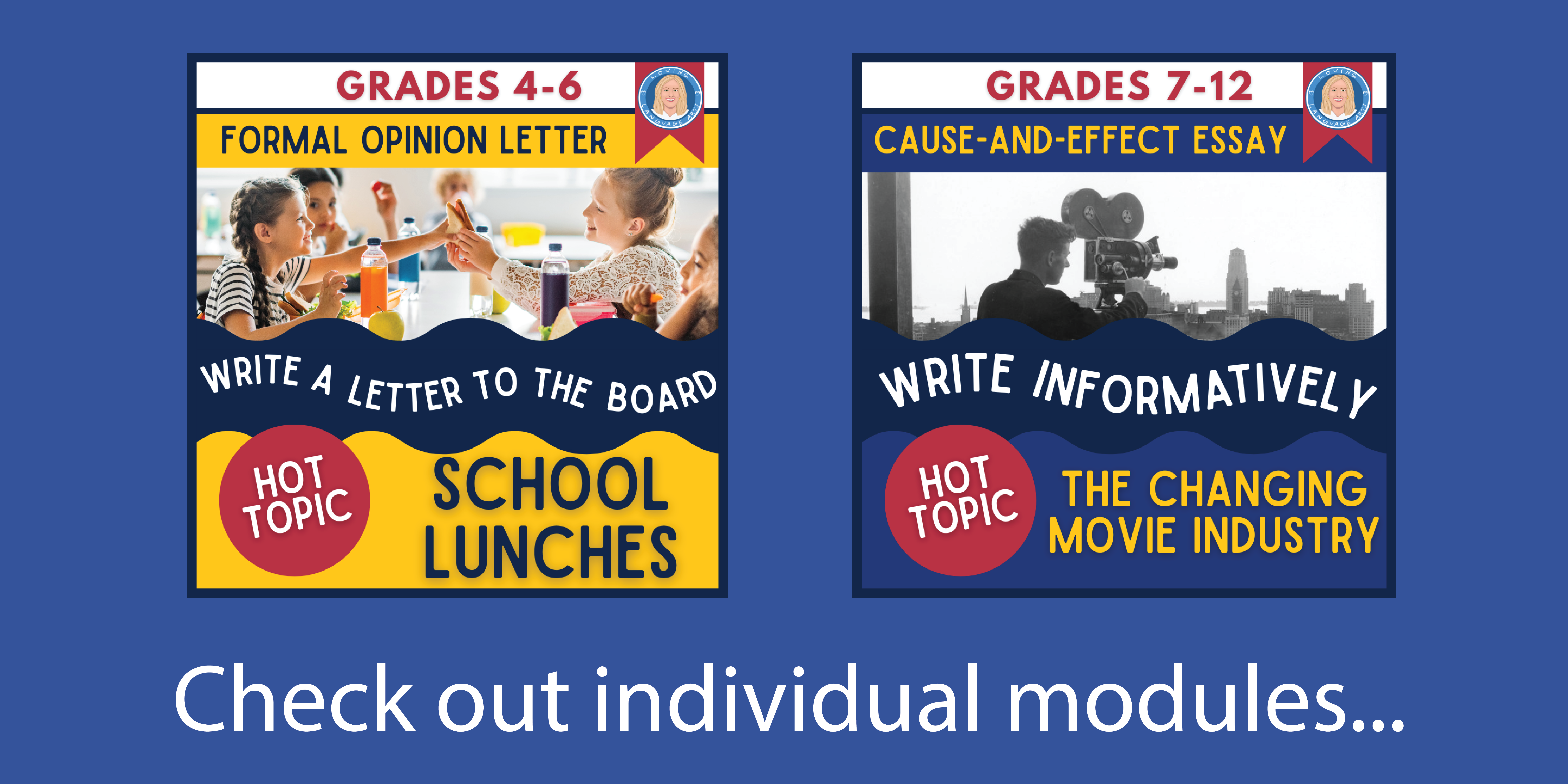
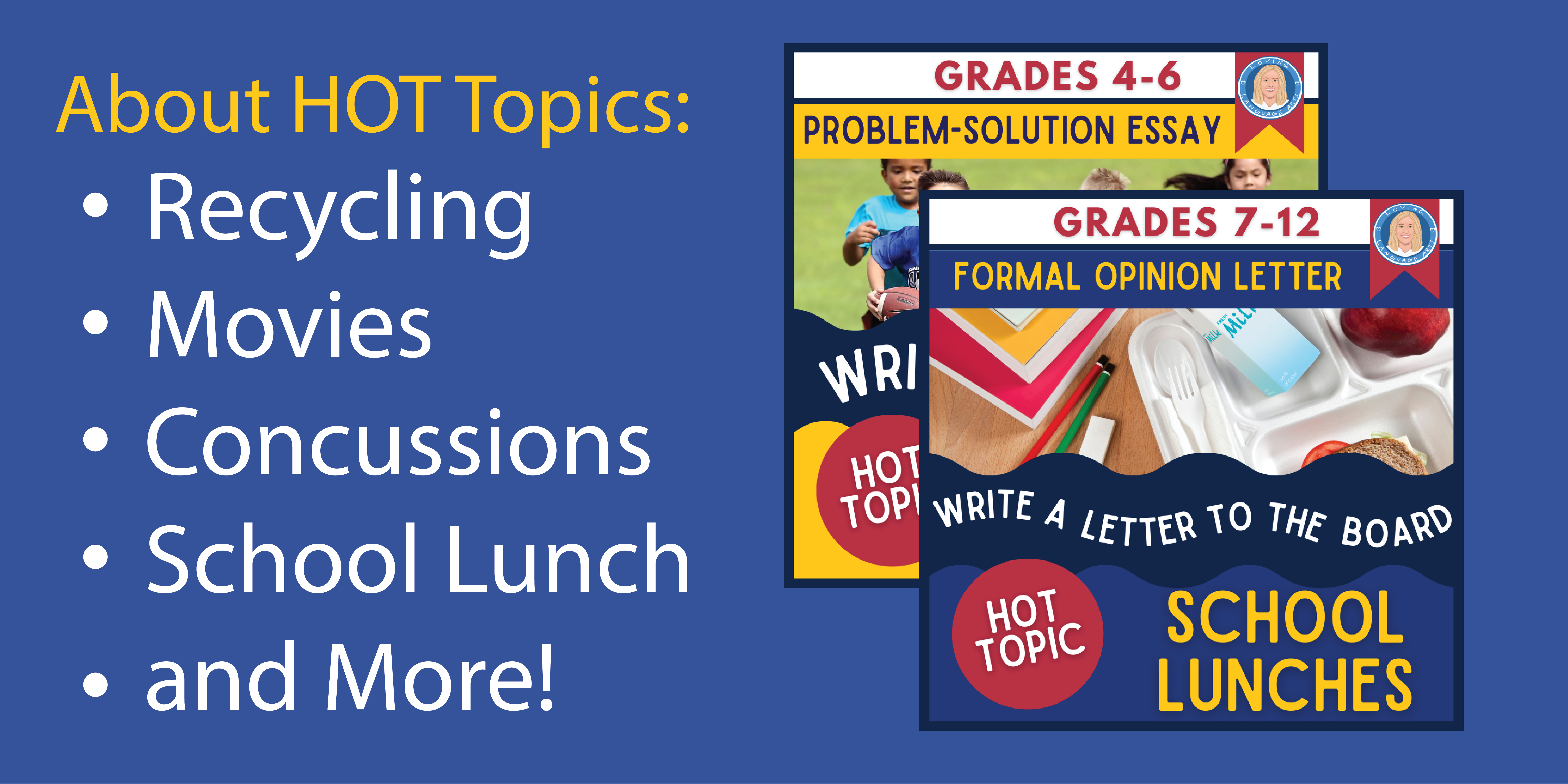
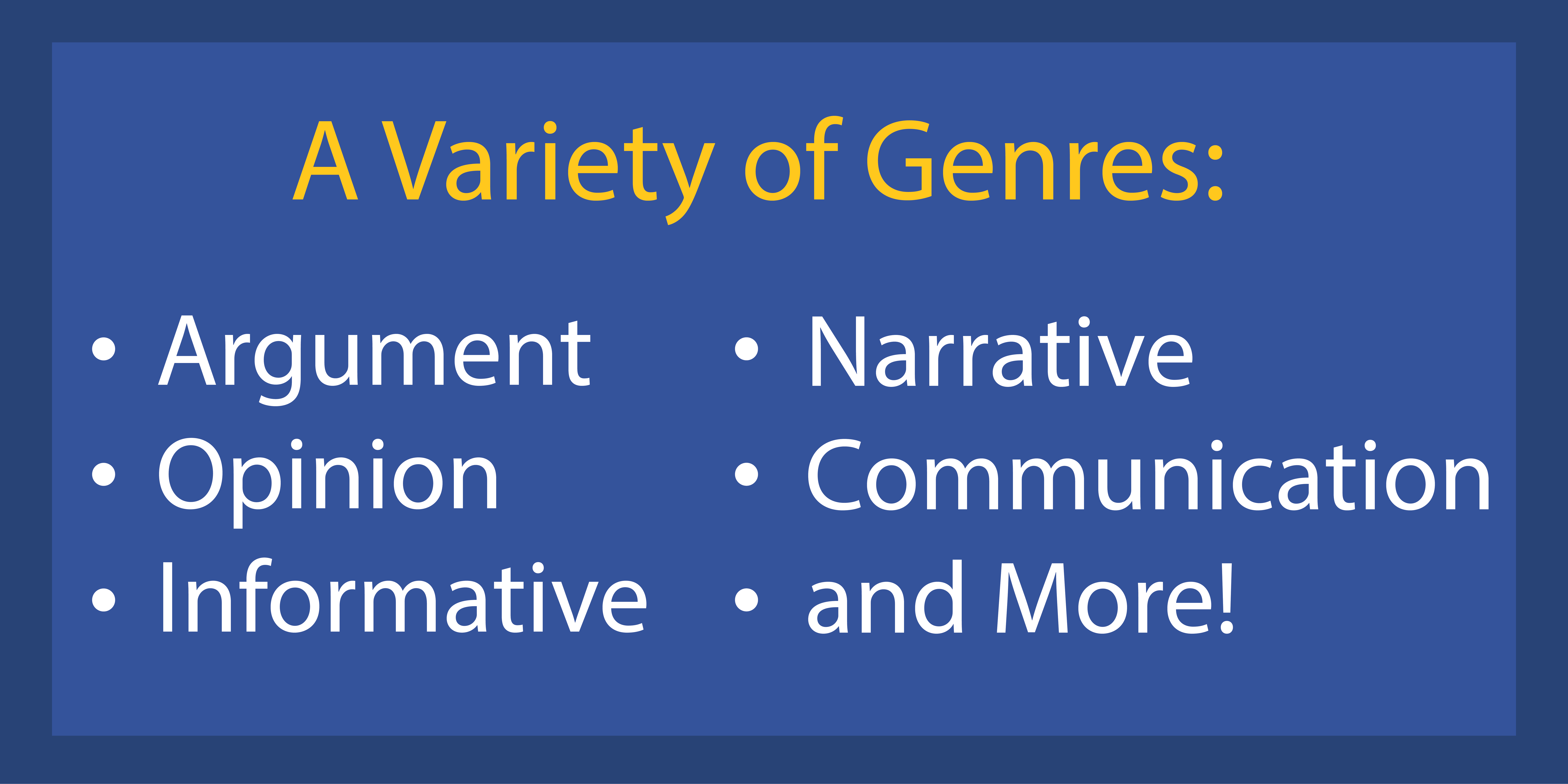
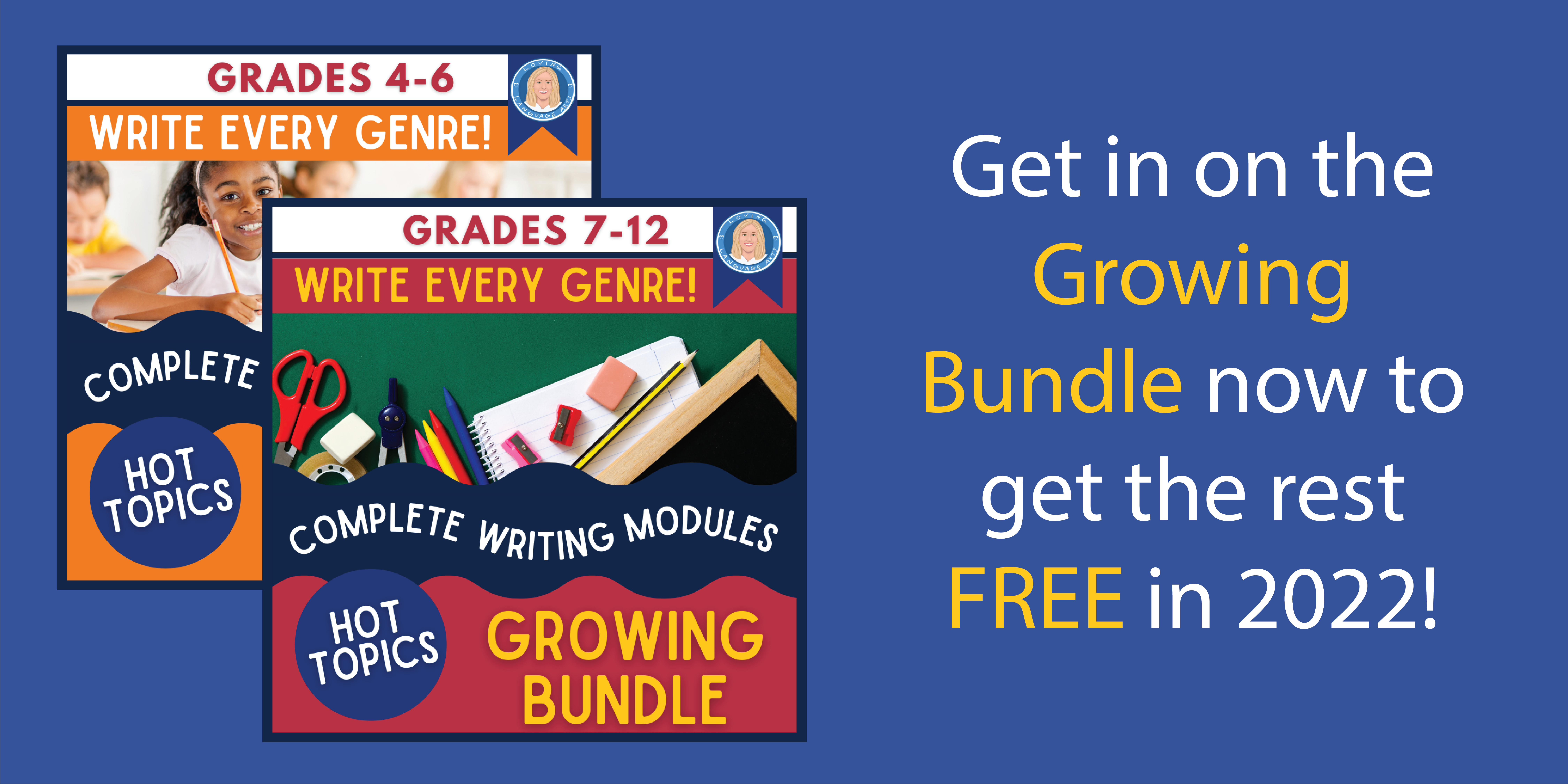
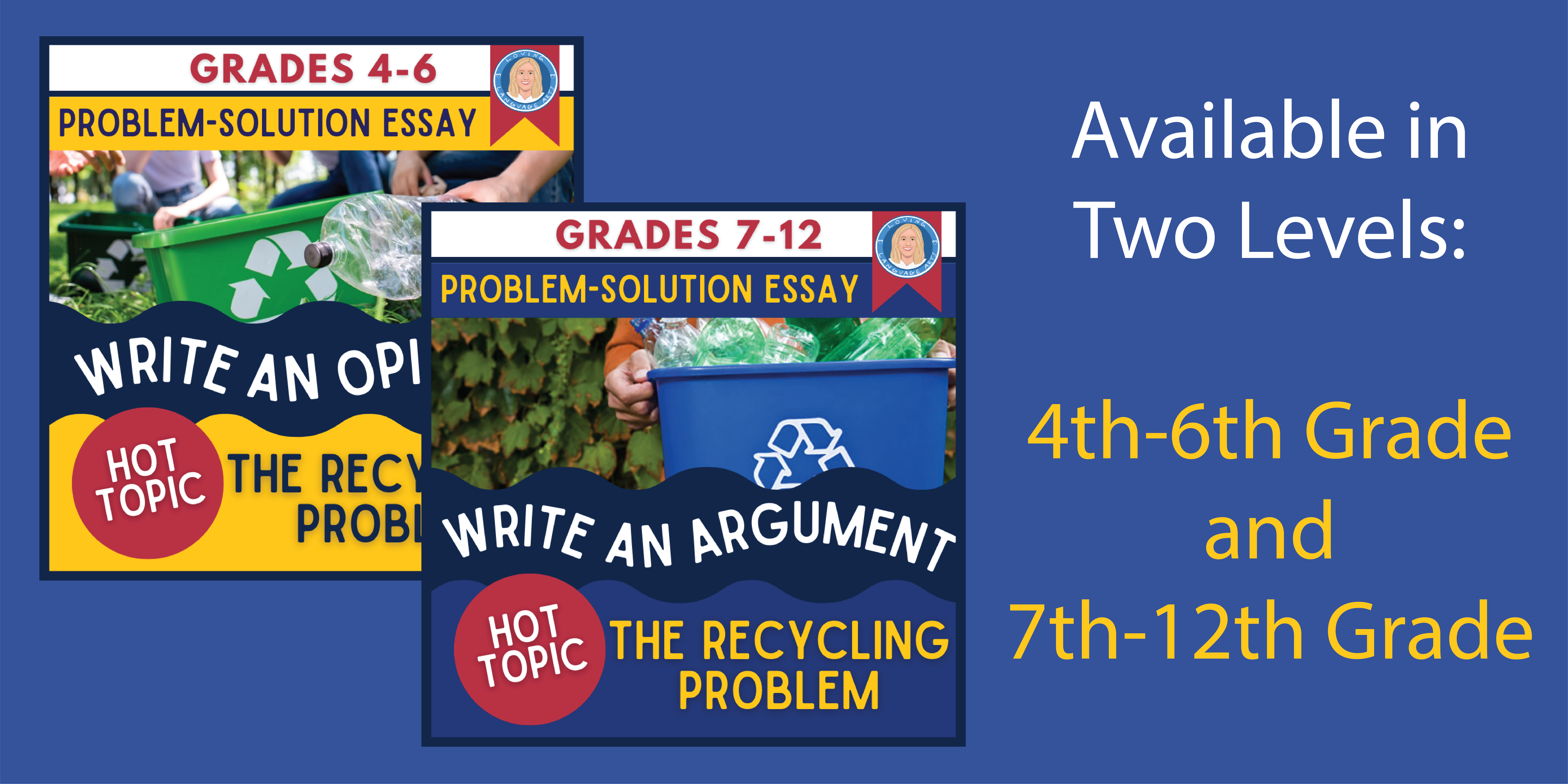

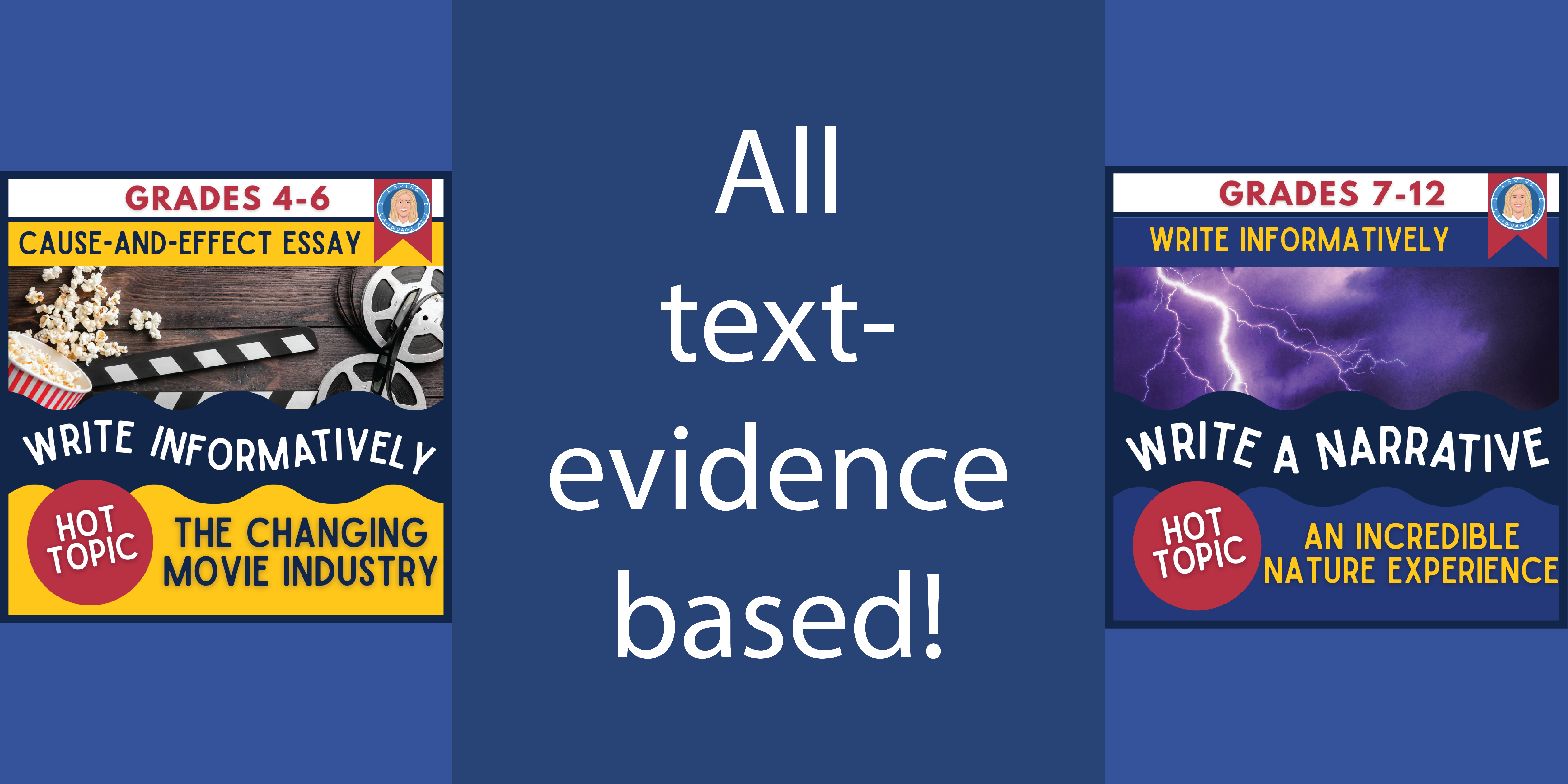
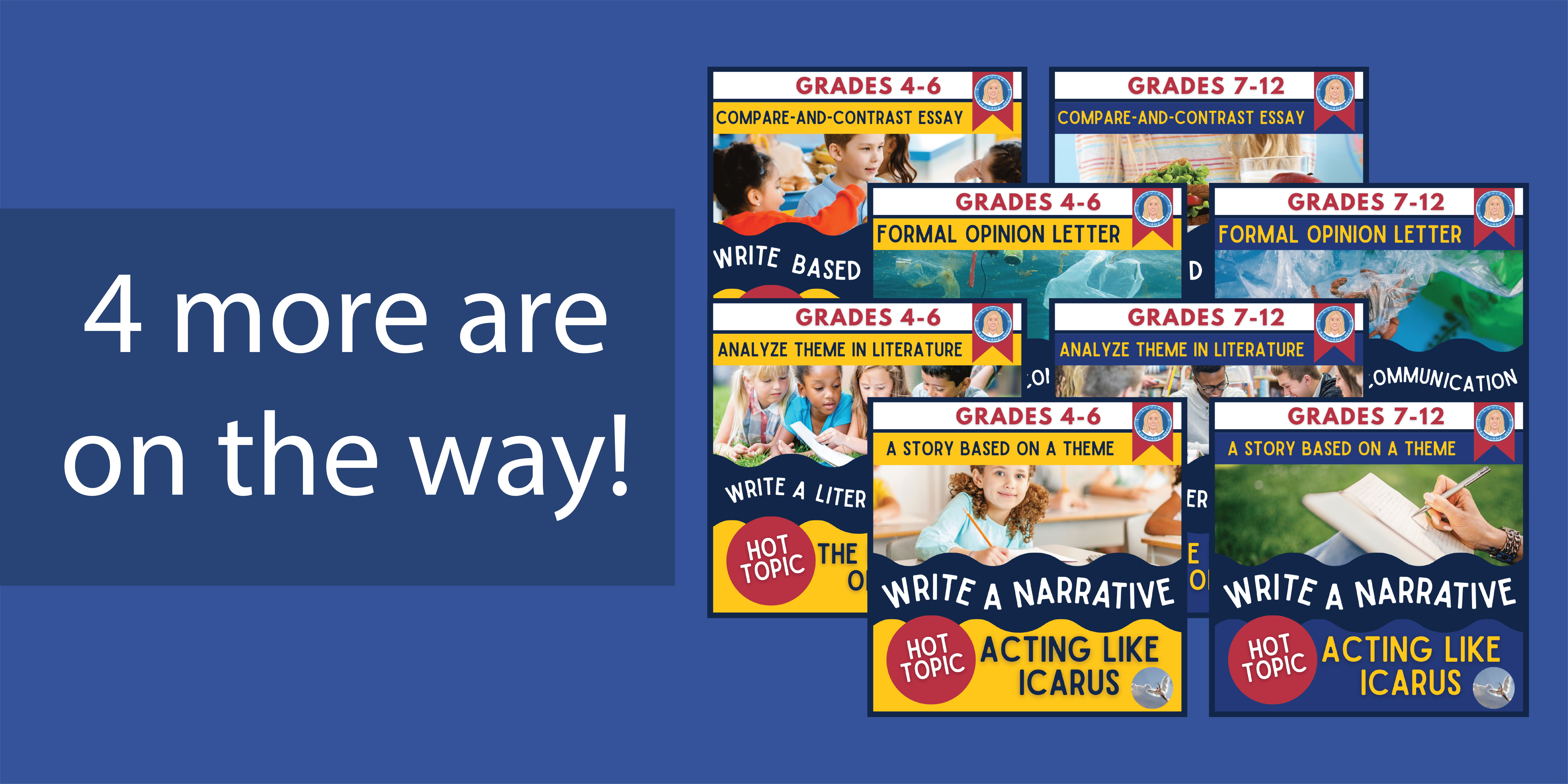
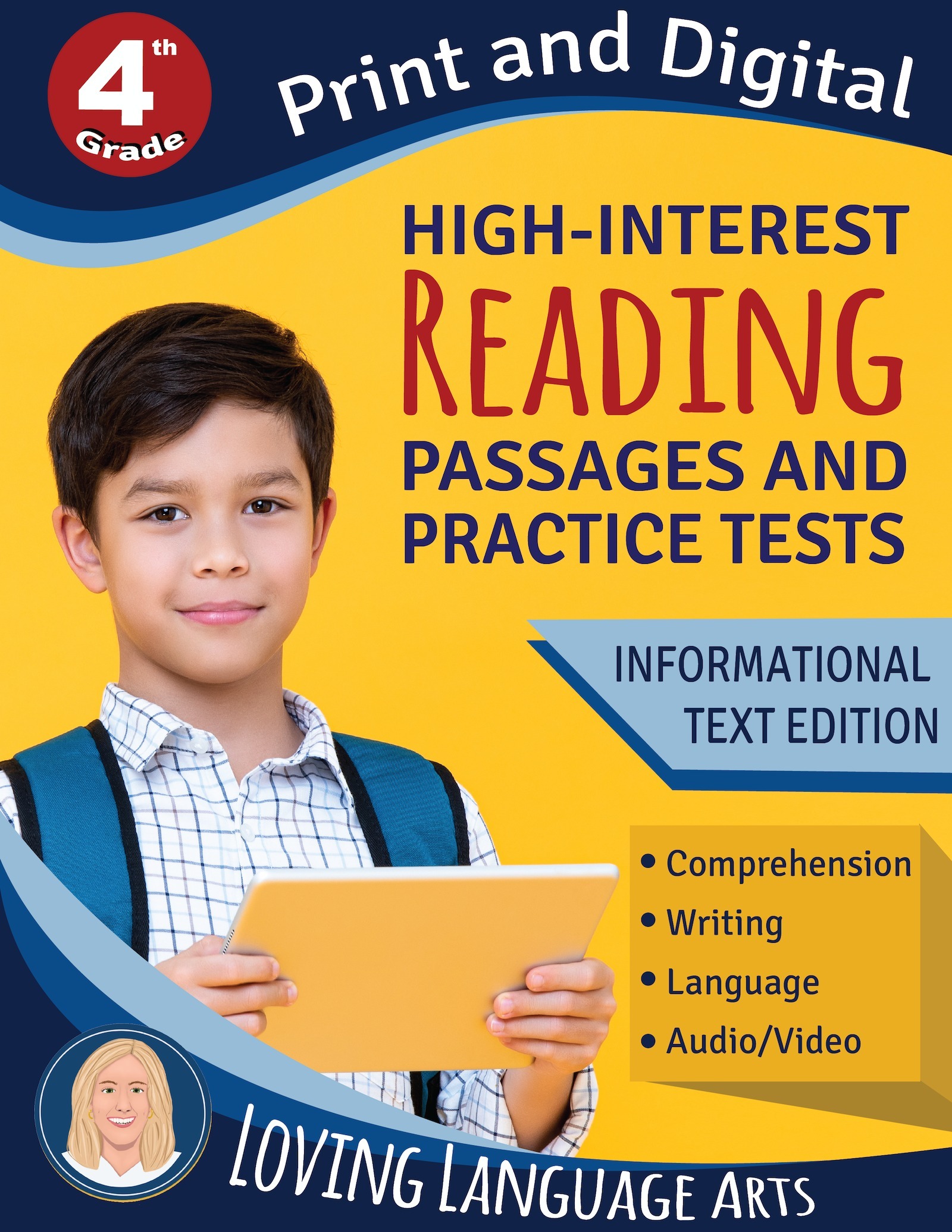
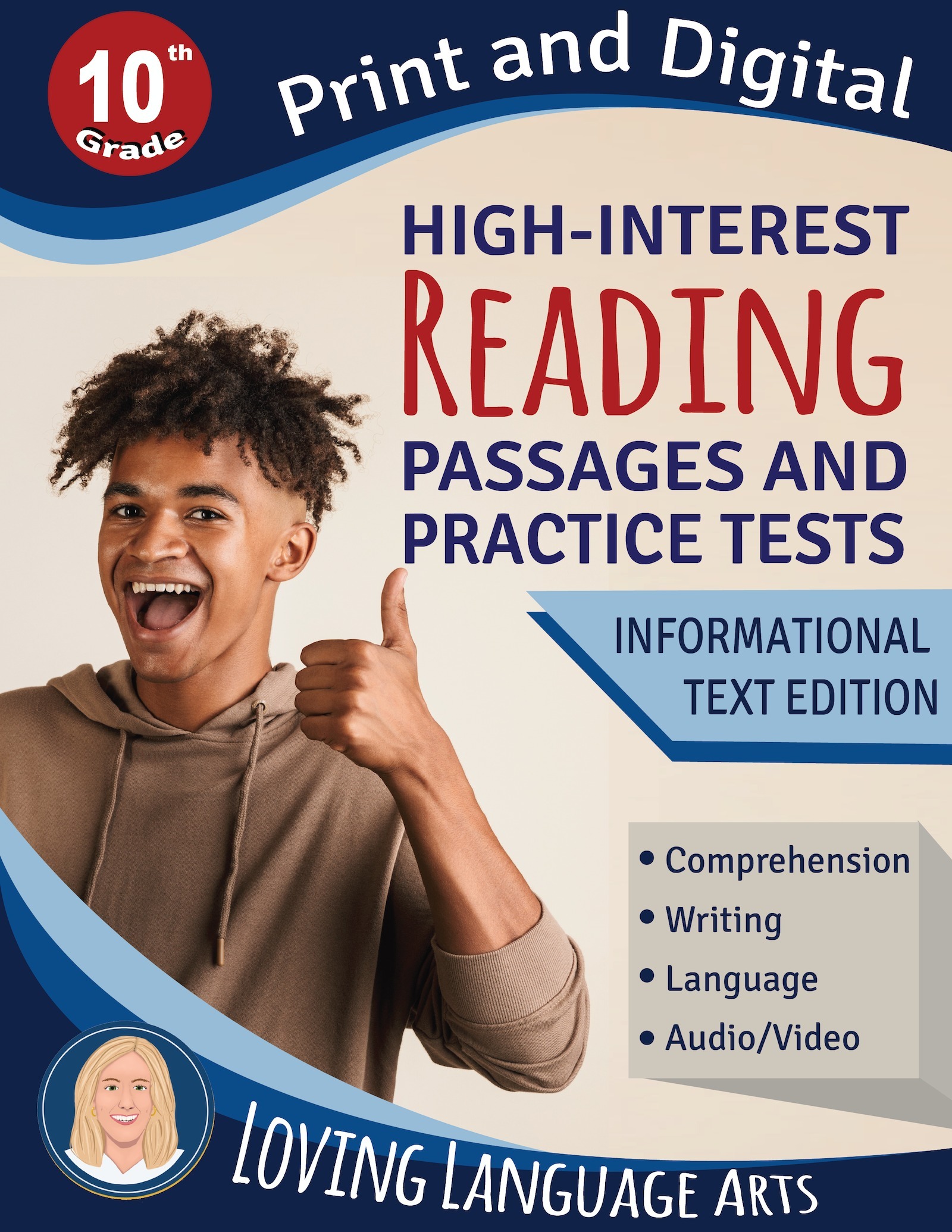
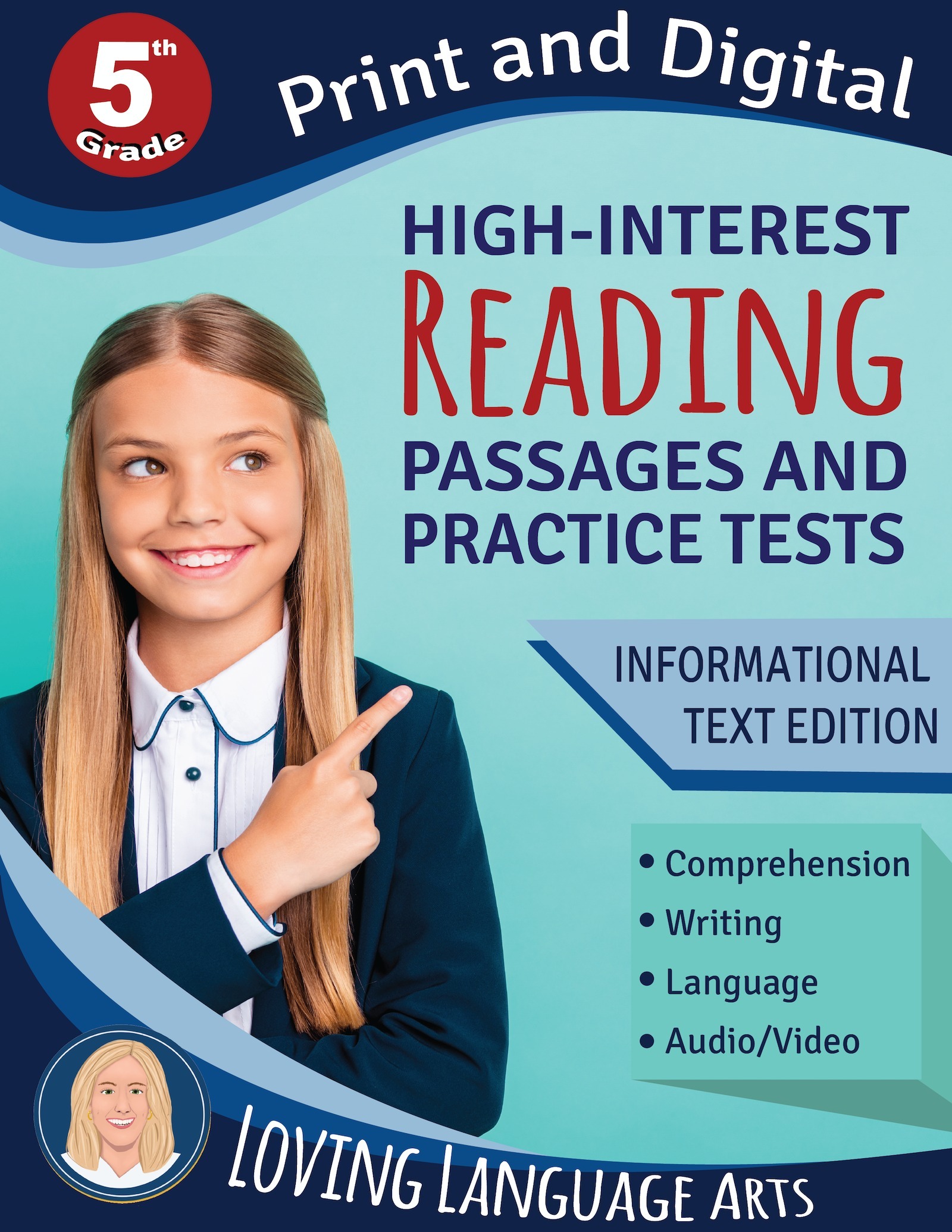
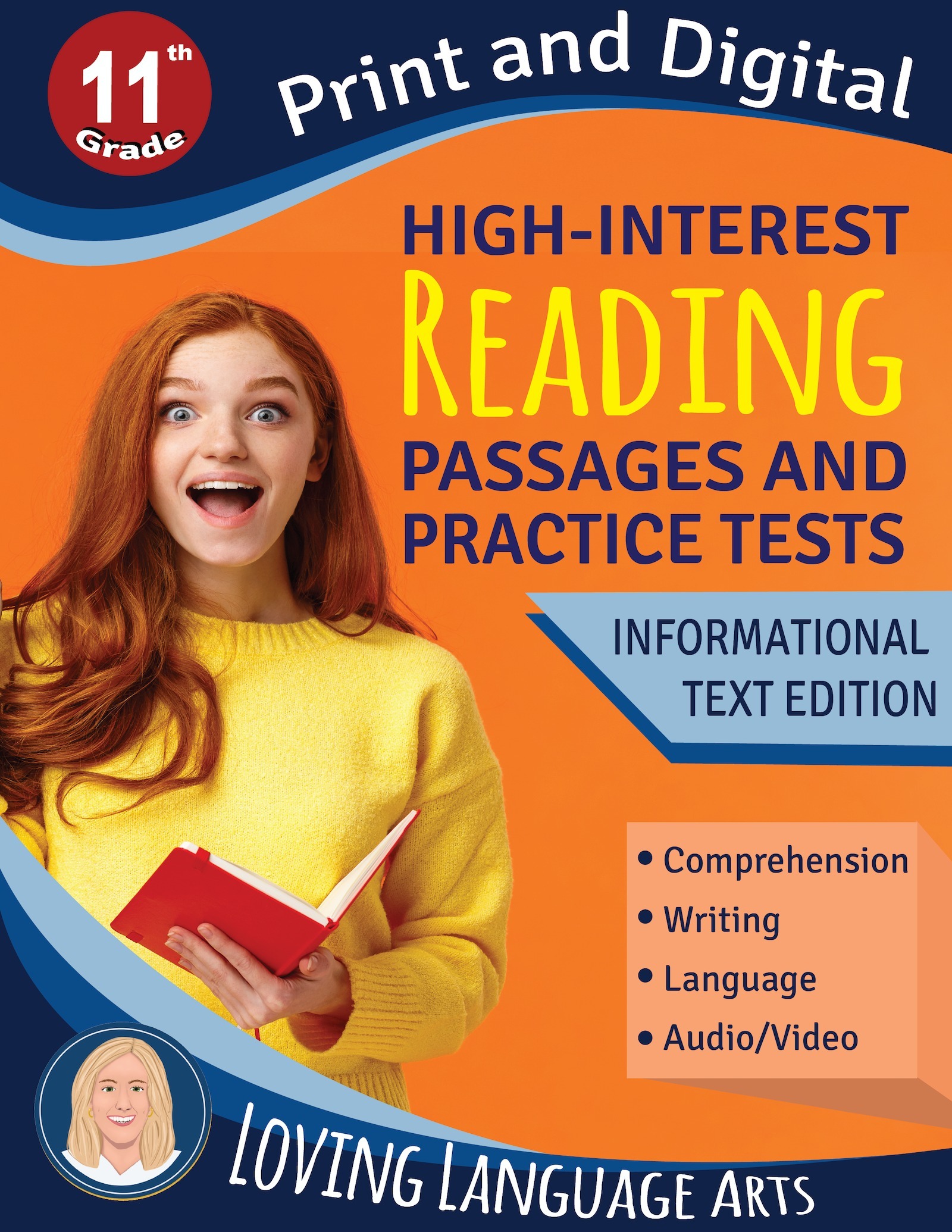

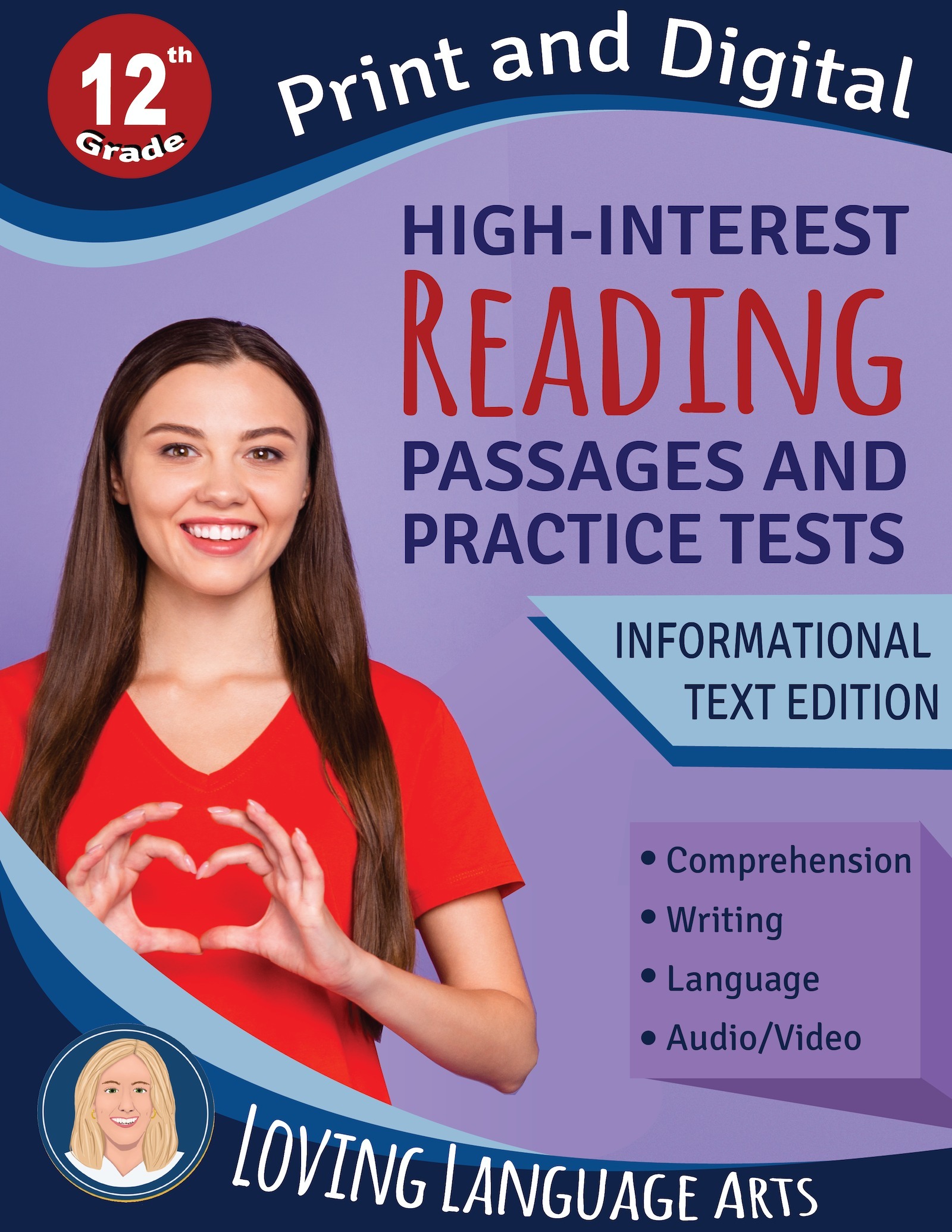
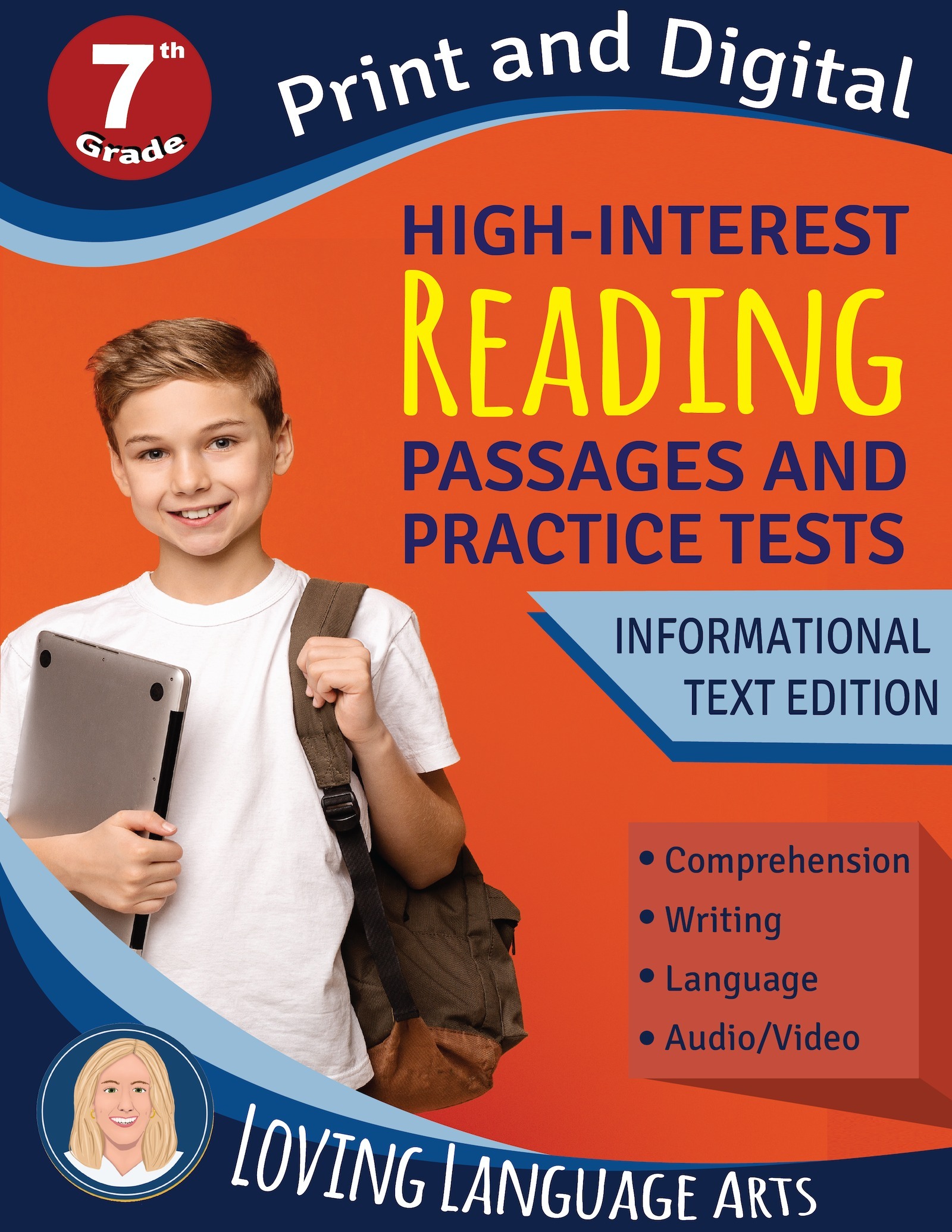
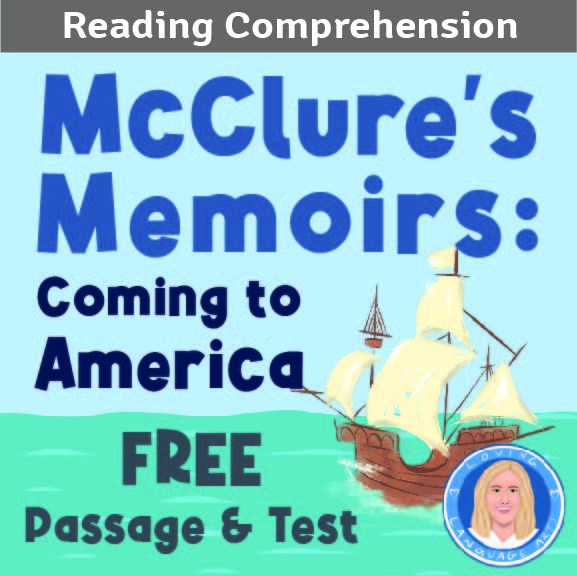


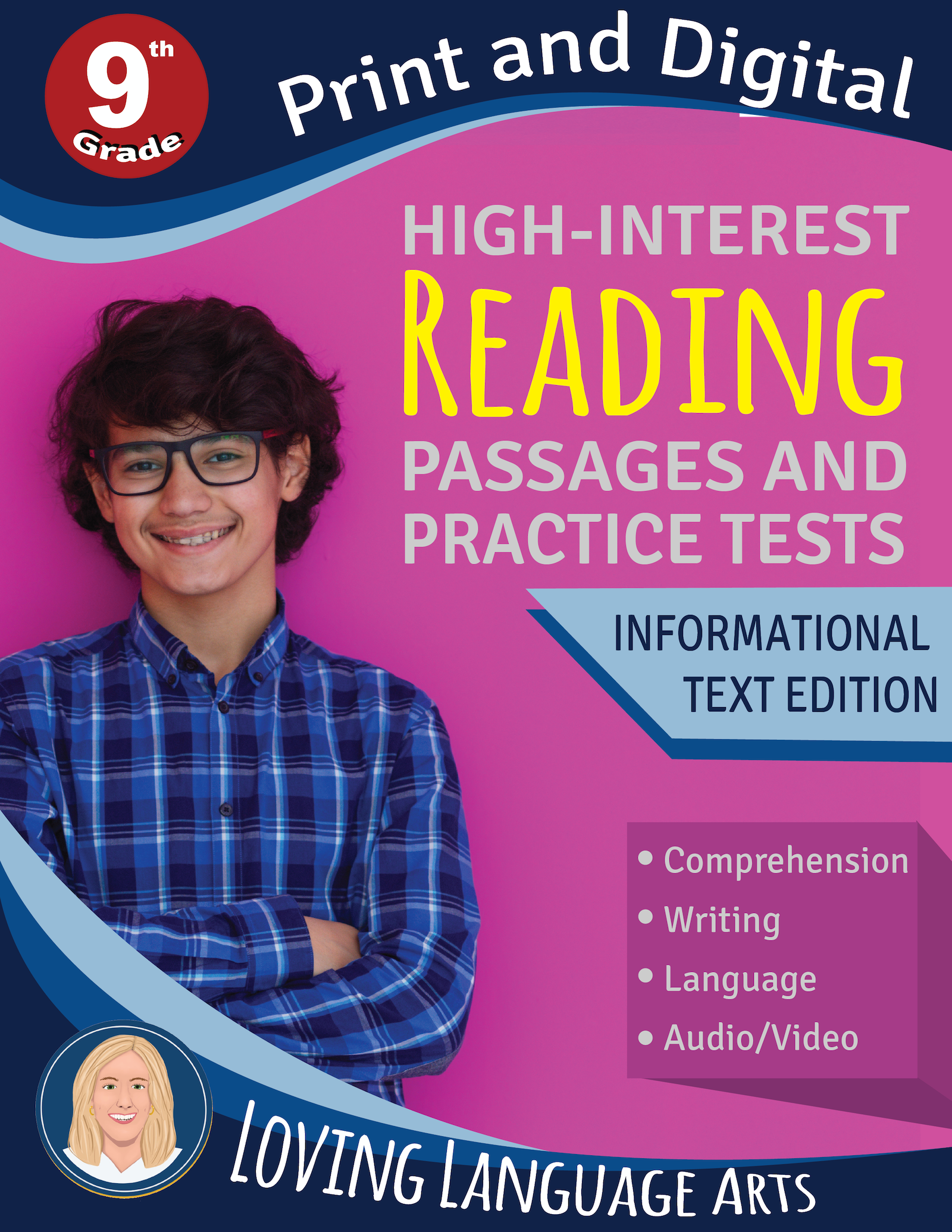
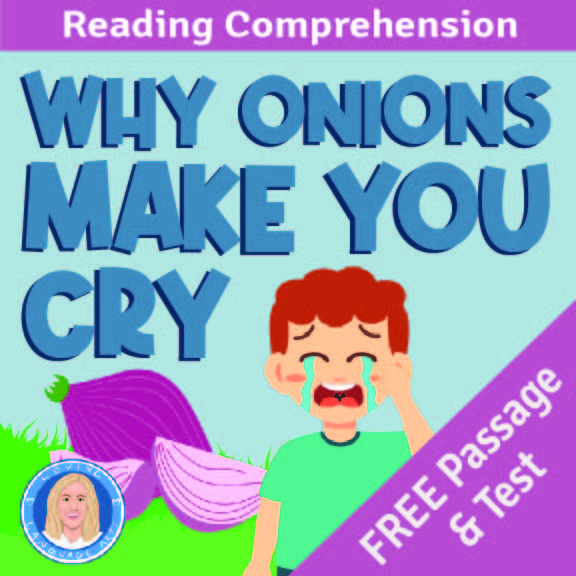

I am genuinely thankful to the owner of this website for sharing his brilliant ideas. I can see how much you’ve helped everybody who comes across your page. By the way, here is my webpage UY3 about Podcasting.
Really chock full of fabulous ideas! I, too, love the “Year in Review” idea. I sure hope some of my blog readers check out this post.
Great ideas! My favorite is the “Year in Review” skit. I’m having fun just thinking about ways some of my own students might have approached this! And “All Summer in a Day” is a longtime favorite of mine! So many life lessons there.
These are great tips for the end of the school year!